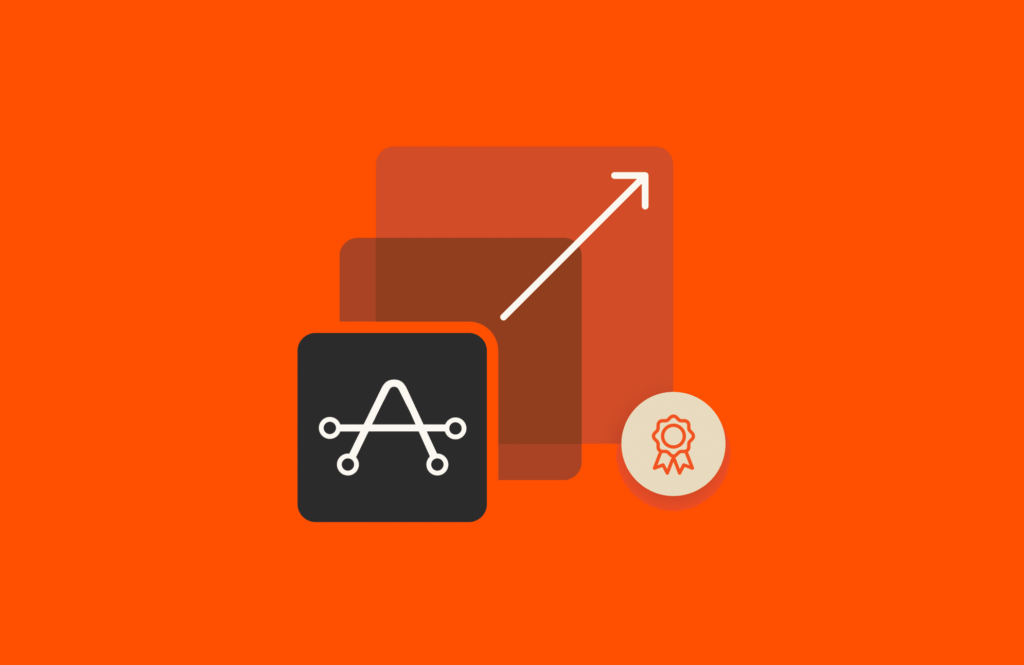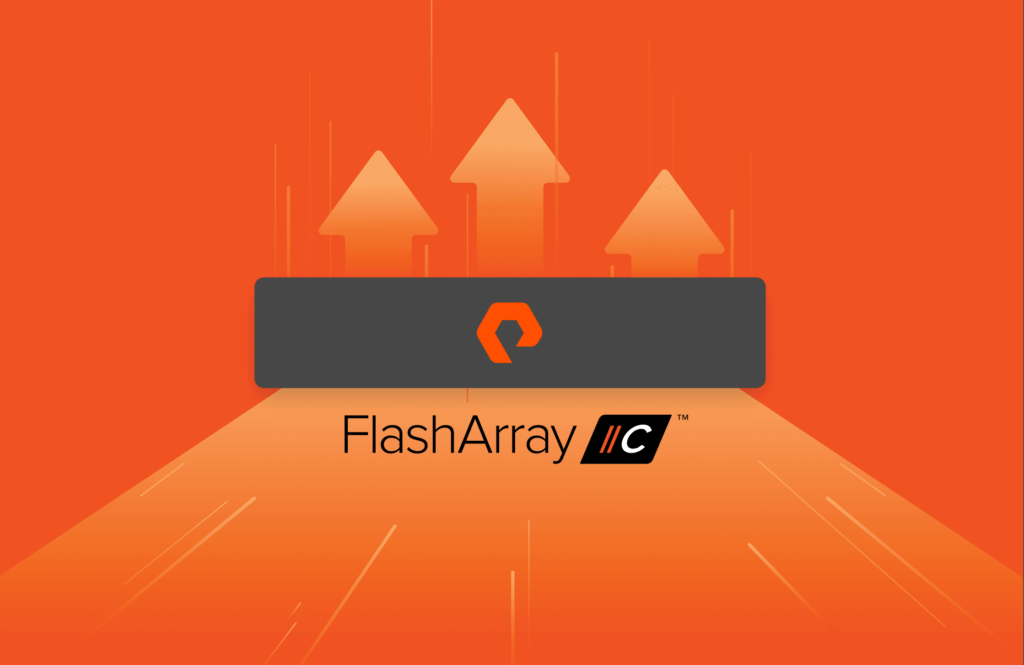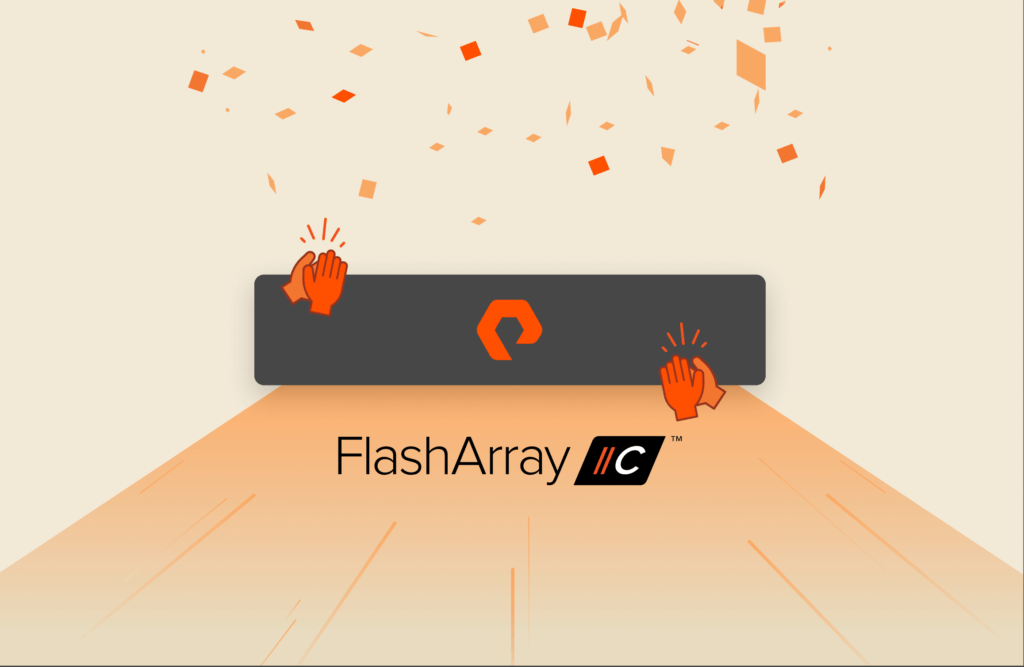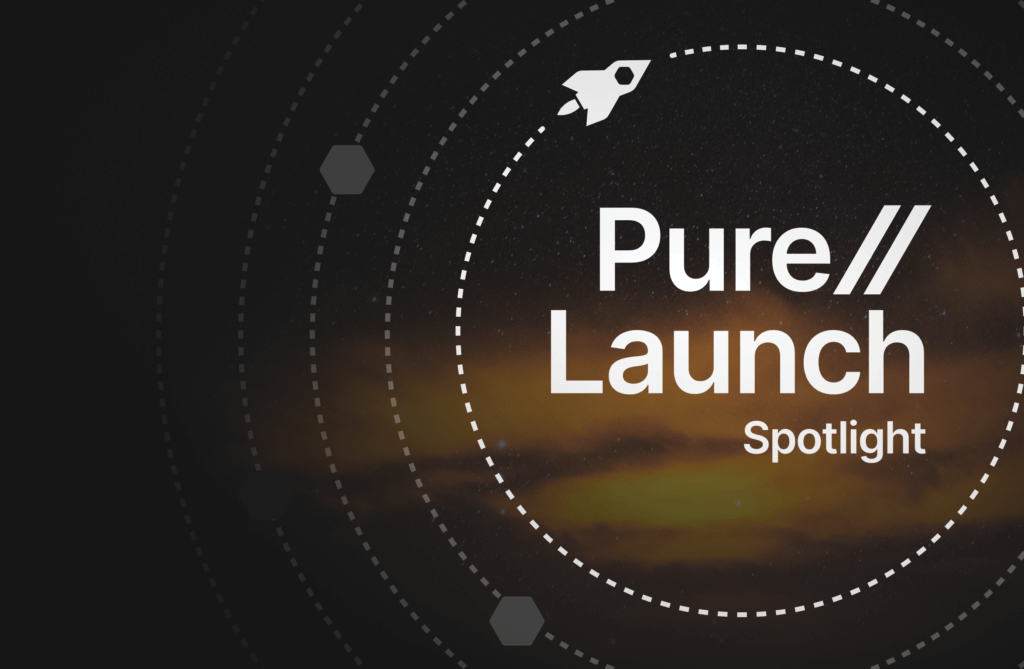
In Real Facts Part 1, we covered the Evergreen™ Storage basics and dove into Free Every Three, part of our Evergreen Gold subscription focused on modernizing your controllers for low to moderate growth arrays. But what if you’re expanding rapidly? And what about your media? In this blog, we’ll round out our 12 question FAQ and dive into Upgrade Flex and Capacity Consolidation.
Upgrade Flex
Q8: Why am I forced to buy additional capacity (Upgrade Flex Bundles) in order to upgrade my controllers? What if I don’t need more capacity?
A: You’re not. If your array isn’t growing, or just growing moderately, just wait for your upgraded controllers included with your 3-year Evergreen Gold renewal. Simple as that. Upgrade Flex is designed for aggressively expanding customers. Interestingly, this turns out to be most of our customers as once they experience life on Pure they start migrating data over from their legacy storage arrays as they come off lease (and plenty we help to retire early through cost-effective trade-ins). Good thing FlashArray is built to scale! These customers need to purchase a bunch of new capacity anyway, and typically they’ll need upgraded controllers to drive that new capacity. Upgrade Flex ensures you get full list-price trade-in credit for your existing controllers towards the upgraded ones, so you only pay for the incremental controller performance.
Q9: How much would it cost to buy a whole new FlashArray system with only the capacity I require, compared to using the Upgrade Flex program?
A: Significantly more, since you would need to re-purchase (a) the existing capacity in your array, (b) the net-new capacity you need for expansion, and (c) the existing controller performance in your array. Importantly we price the capacity portions of our Upgrade Flex bundles identically to standard Capacity Consolidation capacity – the only difference is that Upgrade Flex bundles requires qualifying capacity amounts (in TB). Upgrade Flex makes it very cost-effective (and easy) to keep scaling your capacity and performance in place, from 10TB in our entry level FlashArray//M10 to 1.5PB of NVMe DirectFlash™ power in our FlashArray//X70 – without even a maintenance window.
Q10: Does an Upgrade Flex purchase reset my Free Every Three clock?
A: Yes. Upgrade Flex is in effect pulling forward in time the value of your upgraded controllers from Free Every Three, so it resets your 3 year Free Every Three clock but not the subscription. Customers typically co-terminate their Upgrade Flex transactions, so if you make an Upgrade Flex purchase in the beginning of year 3, then in the beginning of year 4 you’ll pay your three year renewal but you won’t get another set of upgraded controllers at that time. Instead, you’ll get them in the beginning of year 6 (three years after your Upgrade Flex), no additional renewal or product purchase required.
Capacity Consolidation
Q11: If 25% of the new capacity is the maximum trade-in credit I can get, then what should I expect as the ‘normal’ trade in credit amount, and how is it calculated? How do I get the full 25% credit?
A: The “normal” trade-in credit is ~25%, but it’s not a flat single % since we’ve thought through the likely exchanges (we closely track our installed base). In some cases it’s slightly more than 25%, and in some slightly less. E.g. we allow full TB for TB trade-in credit for 12TB shelves upgrading to 44TB data packs (27% credit) and for 24TB shelves upgrading to 90TB data packs (also 27% credit). There is no price premium for Capacity Consolidation capacity versus standard capacity – because it is our standard capacity! The simple rule of thumb is “buy 4X more than what you want to trade-in”. You’ll only pay for the ~3X incremental capacity at our standard rates, and in some cases (like the examples above) you’ll get an even better deal.
Q12: How much of a premium am I going to pay for my new storage versus buying the extra capacity at time of original purchase?
A: That’s somewhat hard to predict either way. Big up-front purchases tend to have a volume discount built-in. But then you have a bunch of over-provisioned, idle storage costing money in your data center. And you could have invested those not-yet needed CAPEX dollars elsewhere – hence you also paid an opportunity cost. Evergreen storage helps you keep your CAPEX spend lean, more like an on-demand service, and so most of our customers prefer to purchase and expand as-needed since it is so easy. And no maintenance windows required.
(OK two more bonus questions since these come up a lot.)
Q13: Dell EMC has a 4:1 Storage Efficiency Guarantee. Your website shows 5:1. So you’re only a bit better, right?
A: No! A classic apples versus oranges misleading comparison. Dell EMC’s 4:1 Efficiency metric includes thin provisioning (typically a 2X factor) and even snapshot efficiency. Our 5:1 is true data reduction only (compression and deduplication). If you add just thin provisioning into ours to make it somewhat comparable, you get ~10:1. Or convert the other way and compare just true data reduction, i.e. our 5:1 to their (we expect) 2:1 for Unity and VMAX-F. That’s right – we believe that we’re over 2.5X better, and that’s a big difference. Plus our data reduction and all our other data services (including dual-parity protection, snapshots etc.) don’t slow down our array so you get the efficiency and availability benefits without trade-offs. How? We designed our storage assuming these data services are always-on. Remember, only true data reduction should be used for sizing your array (i.e. compression and deduplication), or you’ll end up seriously undersized and running out of space fast – not a good place to be.
Q14: You talk a lot about NPS, but isn’t a score of 83.7 just a B?
A: No! This is like an A+++, almost unheard of it is so good. NPS (NetPromoter Score) is unusual as it is measured on a scale from -100 to +100. It’s also not just a measure of customer satisfaction – it’s based on customers’ willingness to actively promote a product or service. Our audited NPS of 83.7 puts us in the top 1% of all B2B tech, a full 60 points higher than the storage industry average. Ask your vendor what their NPS score is – and make sure it’s an audited score by a reputable firm like Satmetrix (creators of the NPS methodology).
Well that was fun, and hopefully informative too. Ultimately the best way to understand how our Evergreen storage model will work for you is to walk through some examples. So stay tuned for a new 3-part blog series where we’ll show how all the parts of Evergreen storage work in a few super-common scenarios:
- No capacity growth (actually this is not at all common for our customers, but it’s still informative),
- Moderate capacity growth, and
- Aggressive capacity growth (most common for our customers)
In the meantime, if you’re curious to learn more or to experience Evergreen storage for yourself (without any risk) – give us a call!
Written By:





